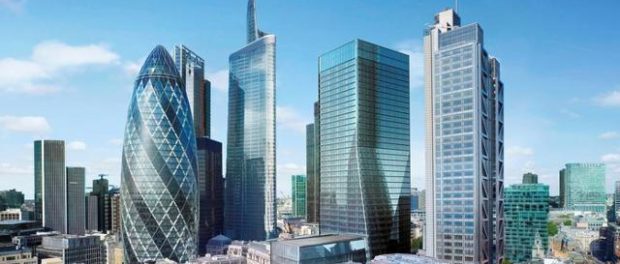London’s architecture sector worth £1.7 billion according to new research

London’s architecture is growing at a faster rate than the capital’s wider economy, according to new research from City Hall.
A report by the Greater London Authority economics team, launched today in partnership with the London Festival of Architecture at the MIPIM property fair in Cannes, found that in 2015 the sector produced £1.7 billion in gross value added (GVA) – a measure of the value of goods and services provided. That was 38 per cent higher than the comparable figure for the product, graphic and fashion design sector.
The GVA of the capital’s architecture sector grew on average by 7.6 per cent per year between 2009 and 2015, outperforming the rate of real growth for the creative industries (3.9 per cent) and the London economy as a whole (3 per cent).
More than a quarter (26.3 per cent) of the UK’s architectural workplaces were based in London during 2016, and the city contributed approximately 42 per cent of the total GVA of the UK architecture sector in 2015. The UK is a net exporter of architectural services – in 2015 exports exceeded imports by £437 million.
The new research found there were 4,240 architecture workplaces in the capital in 2016 and that the sector provided 22,800 jobs the previous year. The gross median hourly wage for London architects last year was £17.88.
In 2015, around half of all London-based architects were aged between 35 and 54; approximately 40 per cent were female.
About a third of jobs in the capital’s architecture jobs were taken by non-UK nationals in 2015. Of this total, nearly three-quarters (73.3 per cent) were non-UK EU citizens.
London Festival of Architecture director Tamsie Thomson remarked: ‘It is said that good design is invisible. Thanks to this research, the contribution of London architecture is now plain to see, and it is high time to reassess its contribution.
‘We have always known that London is the best place in the world to practise and study as an architect, and its social contribution is self-evident in the streets around us. Now we have the figures to prove that London’s architecture sector is a major economic player.’
But she warned: ‘We cannot take the success of London’s architecture sector for granted. Our research shows that this success – including booming exports – is driven by a diverse workforce from all over the word. We look to the government to negotiate responsible post-Brexit trade deals if London is to remain the world’s architectural hub.’
